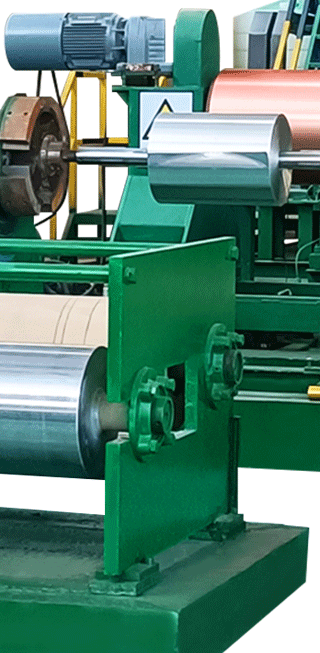Insulation aluminium foil is a lightweight, reflective material used to block heat transfer and improve energy efficiency in buildings, HVAC systems, and other industrial applications. It acts as a thermal barrier, reflecting up to 97% of radiant heat. Whether for homes, factories, or vehicles, aluminium foil insulation is a smart and cost-effective solution.
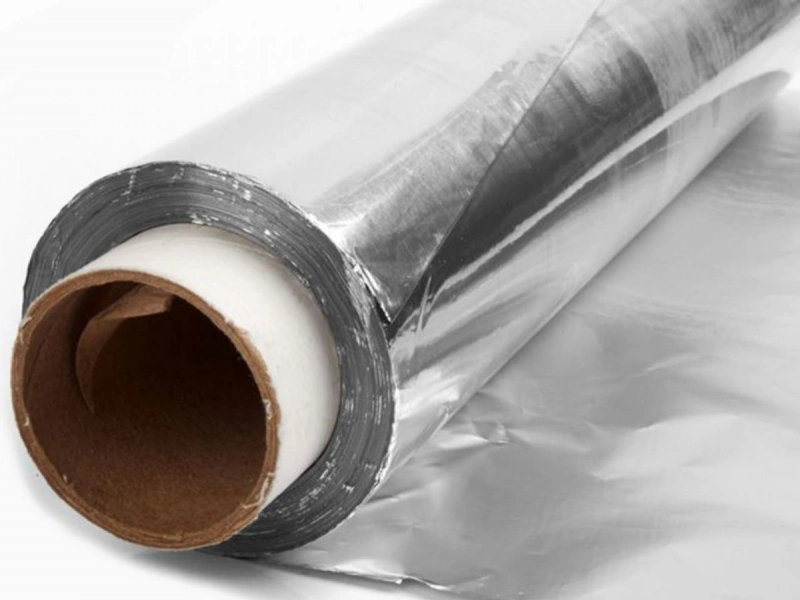
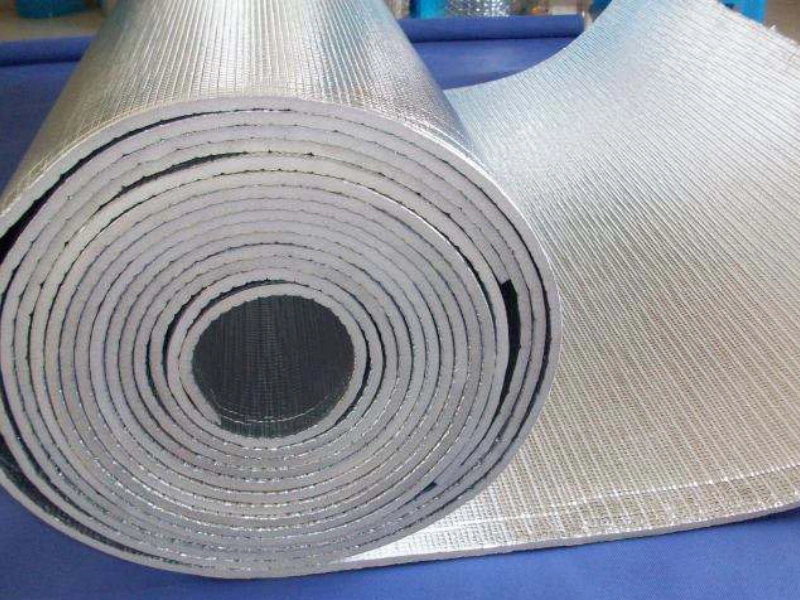
Specification of Insulation Aluminium Foil
| Item | Details |
|---|---|
| Thickness | 0.01 mm – 0.2 mm |
| Width | 100 mm – 1500 mm |
| Material | Pure aluminium or aluminium laminated film |
| Surface Type | Single side or double side foil |
| Core | Paper core / Aluminium core |
| Roll Weight | 50 – 500 kg or as required |
| Color | Silver (standard), or customized |
| Fire Rating | Class A (non-combustible) |
Classification of Insulation Aluminium Foil
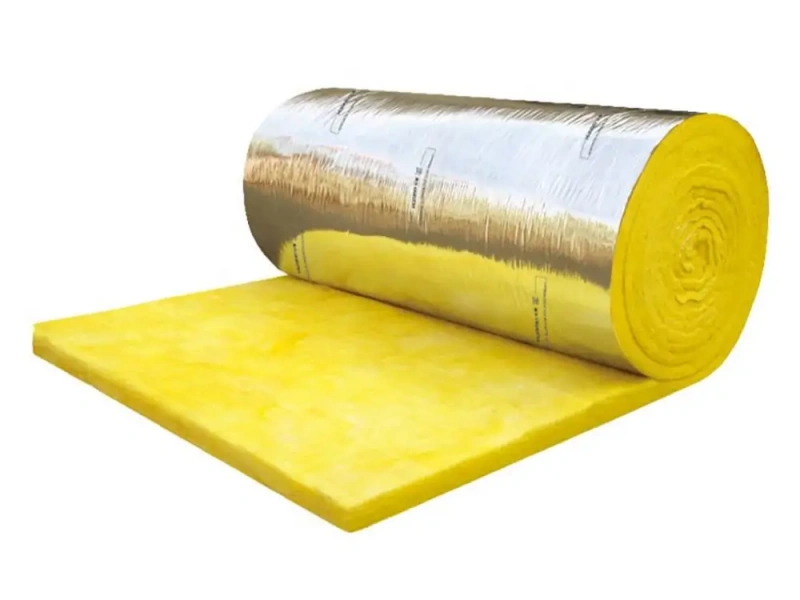
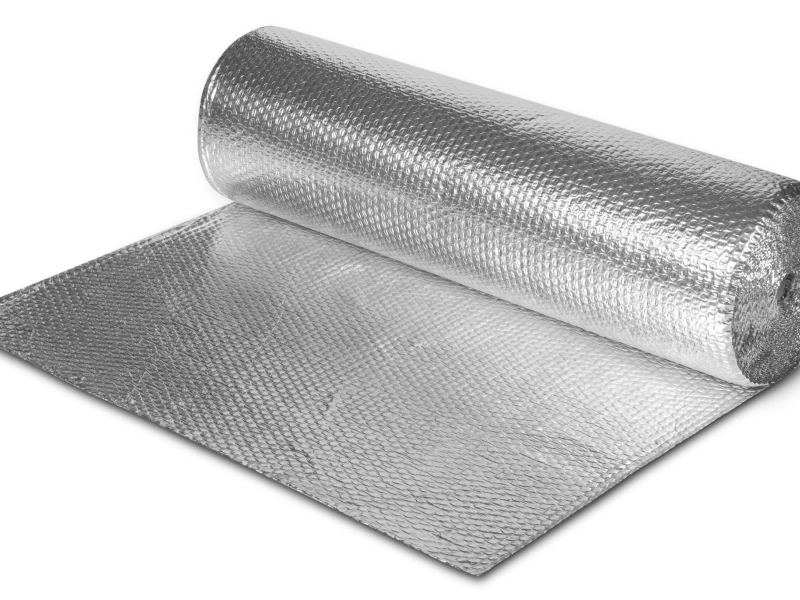
Insulation aluminium foil comes in various types depending on structure and application:
- Single-sided foil – Reflective foil on one side with kraft paper or polyethylene
- Double-sided foil – Aluminium foil on both sides for stronger reflection
- Foil with bubble layer – Added air barrier to enhance thermal resistance
- Foil with foam or woven fabric – For added strength and durability
Insulation Aluminium Foil: Harnessing the Power of Reflection for Energy Efficiency
When you think about keeping things warm or cool, you might imagine thick blankets or fluffy materials. But one of the most effective tools in the fight against heat transfer is often overlooked: Insulation Aluminium Foil. This specialized material goes far beyond your kitchen counter, playing a vital role in everything from energy-efficient homes to sophisticated industrial systems. It’s a key player in saving energy, reducing costs, and maintaining stable temperatures in countless applications around the globe.
Understanding how aluminium foil insulation works and its best uses can unlock significant energy savings and improve comfort. Let’s delve into the science and practical applications of this reflective powerhouse.
What is Insulation Aluminium Foil?
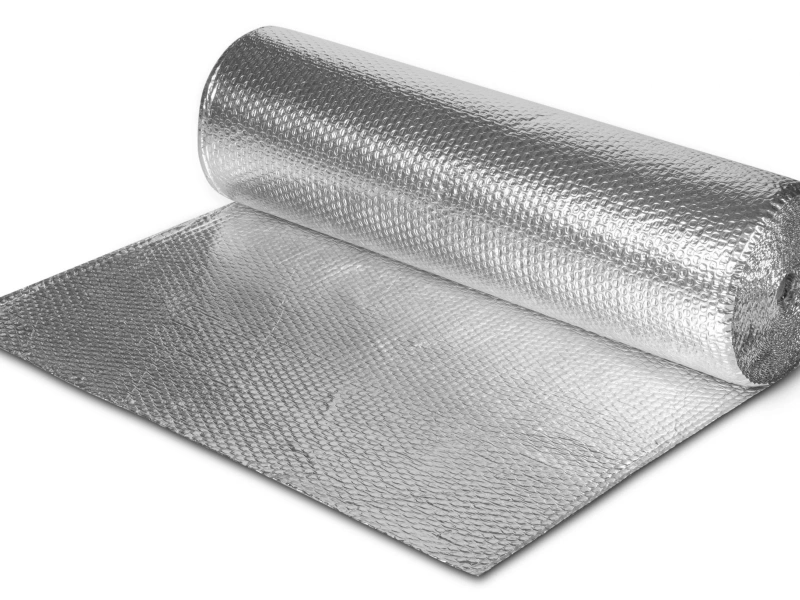
Insulation Aluminium Foil is a type of thermal insulation material that uses a thin layer of aluminum foil to reflect heat. Unlike traditional bulky insulation that primarily slows down heat transfer through conduction and convection, foil insulation mainly works by blocking radiant heat.
Often, insulation foil is not just a single layer of aluminum. It’s typically part of a composite material, meaning it’s combined with other layers like polyethylene bubbles, foam, Kraft paper, or woven fabrics. These combinations create products like:
- Foil-faced insulation boards: Rigid insulation panels with a foil layer on one or both sides.
- Bubble foil insulation: Two layers of foil separated by a layer of air bubbles (like bubble wrap).
- Radiant barriers: Usually a single or double layer of foil, designed to be installed with an air gap.
- Foil-backed duct insulation: Used to wrap air ducts.
The common factor in all these products is the highly reflective surface of the aluminum, which is key to its insulating power.
Can Aluminum Foil Be Used as Insulation?
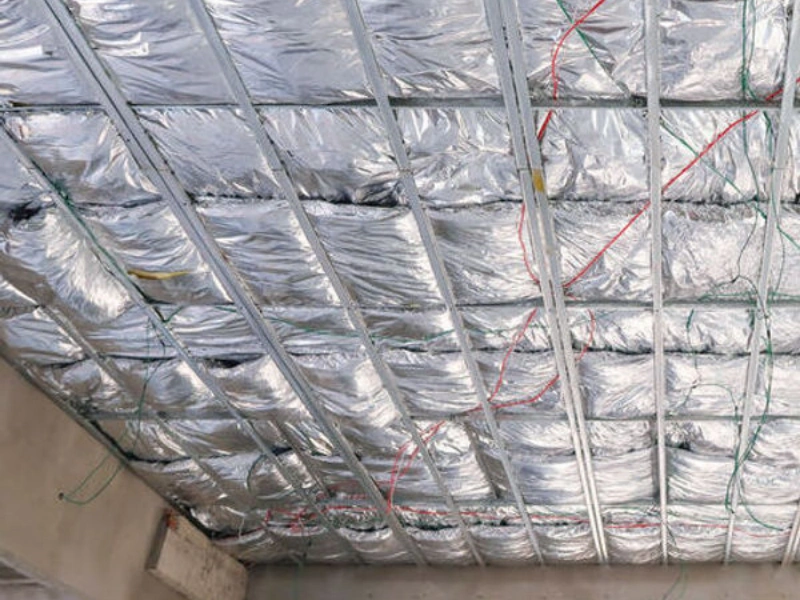
Yes, aluminum foil can absolutely be used as insulation, especially against radiant heat. Its effectiveness stems from its low emissivity and high reflectivity.
- Low Emissivity: This means it doesn’t radiate much heat itself.
- High Reflectivity: This means it bounces back a large percentage of radiant heat that hits its surface.
Think of it like a mirror for heat. When heat waves (radiant heat) try to pass through a space, the aluminum foil reflects them away, either back to their source or preventing them from entering a space. However, it’s crucial to understand that for aluminium foil to work as a primary insulator, it needs an air gap next to it. Without an air gap, conductive heat transfer through the foil itself would be significant, reducing its overall effectiveness.
Does Foil Insulation Really Work?
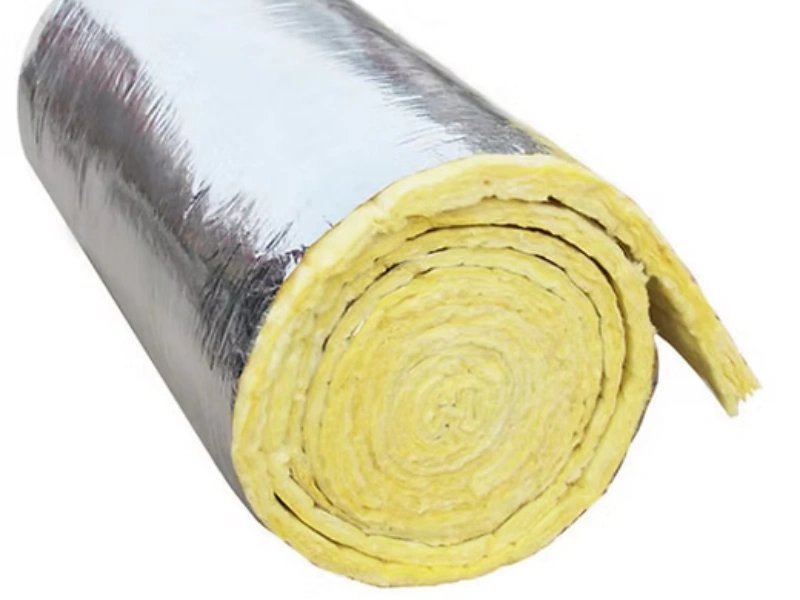
Yes, foil insulation really works, and it works very well, especially for managing radiant heat transfer. In many buildings, a significant portion of heat gain (in summer) and heat loss (in winter) occurs through radiation. For example, in summer, radiant heat from the sun can pass through your roof and radiate downwards into your attic and living space. In winter, heat from your home can radiate upwards into a cold attic.
Foil insulation, particularly as a radiant barrier, intercepts this radiant heat. By reflecting up to 97% of the radiant heat that strikes its surface, it dramatically reduces heat flow. This leads to:
- Lower energy bills: Less heat entering in summer means less air conditioning needed. Less heat escaping in winter means less heating needed.
- Improved comfort: More stable indoor temperatures throughout the year.
- Reduced wear and tear on HVAC systems: Because they work less, they last longer.
So, while it doesn’t provide the R-value (a measure of thermal resistance) in the same way that thick fiberglass or foam insulation does for conductive heat, foil insulation is incredibly effective for its specific purpose: blocking radiant heat.
Which Side of Aluminum Foil is a Better Insulator?
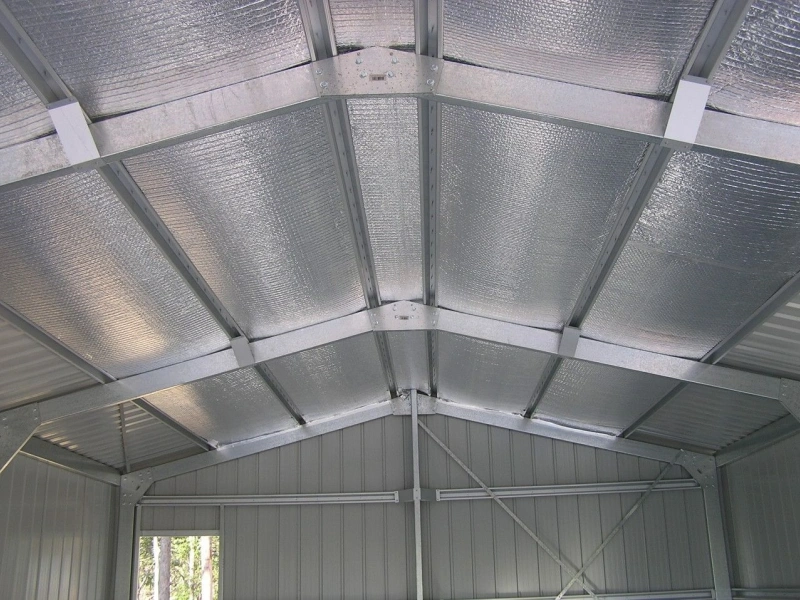
This is a common question, and like with household foil, the answer for most practical insulation aluminium foil applications is: it doesn’t significantly matter for its insulating performance.
The difference between the shiny and dull sides of aluminum foil is a result of the manufacturing process (as explained in previous articles). Both surfaces have nearly identical reflective properties against radiant heat. The tiny difference in reflectivity between the shiny and dull sides is negligible in real-world insulation scenarios.
What does matter is the placement of the foil and the presence of an air gap. For a radiant barrier to work effectively, the shiny (or dull) surface needs to face an air space. This air space is crucial because it’s the barrier that prevents conductive heat transfer through the foil itself.
What is the Purpose of Insulation Foil?
The primary purpose of insulation foil is to control heat transfer, specifically by reducing radiant heat flow. Here’s a breakdown of its key objectives:
- Reflect Heat: To bounce back radiant energy, preventing it from entering or leaving a space.
- Reduce Heat Gain: In hot climates or during summer, it stops external radiant heat (e.g., from a hot roof) from transferring indoors.
- Reduce Heat Loss: In cold climates or during winter, it reflects internal radiant heat back into the living space, preventing it from escaping.
- Enhance Energy Efficiency: By minimizing heat transfer, it reduces the workload on heating and cooling systems, leading to lower energy consumption and costs.
- Act as a Vapor Barrier: Many insulation foil products also act as an excellent vapor barrier, preventing moisture from passing through walls, roofs, or floors. This helps prevent condensation, mold growth, and protects building materials from moisture damage.
- Provide a Clean Surface: The foil surface can be easy to clean and often provides a tidy finish.
Key Properties and Advantages of Insulation Aluminium Foil
Insulation Aluminium Foil offers a host of benefits that make it a preferred choice in many insulation applications:
- Excellent Radiant Heat Reflection: Its most significant advantage, bouncing back a high percentage of heat.
- Lightweight: Easy to handle, transport, and install, adding minimal structural load.
- Thin Profile: Allows for insulation in spaces where bulkier materials might not fit.
- Moisture and Vapor Barrier: Provides strong resistance to moisture, preventing condensation and mold.
- Durable and Long-Lasting: Resistant to degradation from moisture, fungi, and pests.
- Non-Corrosive: Aluminum itself is resistant to corrosion.
- Non-Toxic and Non-Allergenic: Safe for indoor environments.
- Easy to Install: Can be cut and fastened relatively simply.
- Improves Indoor Comfort: Helps maintain a more consistent and comfortable indoor temperature.
Common Applications of Insulation Aluminium Foil
The versatile nature of insulation aluminium foil makes it suitable for a wide range of uses:
- Building & Construction:
- Roof and Attic Insulation: Installed in attics as a radiant barrier to reflect solar heat in summer and retain indoor heat in winter.
- Wall Insulation: Used in wall cavities or as a facing on rigid insulation boards to enhance thermal performance.
- Floor Insulation: Installed under floors or in crawl spaces to prevent heat transfer.
- Commercial Buildings: Applied in warehouses, factories, and agricultural buildings to manage temperature and control condensation.
- HVAC Systems:
- Duct Insulation: Wrapping air ducts with foil-faced insulation prevents heat loss or gain from the conditioned air flowing through them.
- Pipe Insulation: Used for insulating hot and cold water pipes to maintain fluid temperature and prevent freezing or sweating.
- Automotive Industry:
- Heat Shields: Applied to engine compartments, exhaust systems, and firewalls to protect sensitive components and cabin occupants from extreme heat.
- Hood Liners and Dash Insulation: Helps reduce noise and heat transfer into the vehicle interior.
- Appliance Insulation:
- Used in ovens, refrigerators, water heaters, and other appliances to improve their energy efficiency.
- Packaging:
- Thermal Packaging: Used in insulated bags, liners, and boxes to maintain the temperature of food, pharmaceuticals, and other temperature-sensitive goods during transport.
- Food Delivery Bags: Common in pizza bags and grocery delivery services to keep food warm or cold.
- Camping and Outdoor Gear:
- Used in sleeping pads, emergency blankets, and tents for lightweight thermal insulation.
Installation Tips for Optimal Performance
To maximize the effectiveness of insulation aluminium foil, correct installation is key:
- Ensure an Air Gap: This is the most crucial point. Foil insulation must have an air space (typically 3/4 inch to 1 inch) on at least one side to be effective as a radiant barrier. If the foil is directly touching another surface, it will conduct heat, significantly reducing its performance.
- Face the Heat Source: Generally, the foil surface should face the source of radiant heat. For example, in an attic in a hot climate, the foil side should face downwards towards the attic space to reflect heat away from the living areas.
- Seal Gaps and Tears: Any gaps, tears, or unsealed seams will allow heat to bypass the barrier, reducing its effectiveness. Use foil tape to seal joints.
- Clean Surface: Ensure the foil surface remains clean and free of dust, which can reduce its reflectivity over time.
Conclusion
Insulation Aluminium Foil is a highly effective and versatile material that plays a critical role in managing heat transfer across countless applications. By harnessing its incredible ability to reflect radiant heat, it helps to create more energy-efficient buildings, protect sensitive products, and improve comfort in a wide array of environments. Whether it’s keeping your home cooler in summer, your pipes from freezing in winter, or your takeout food warm, the subtle power of aluminium foil insulation is constantly at work, quietly contributing to a more sustainable and comfortable world.

